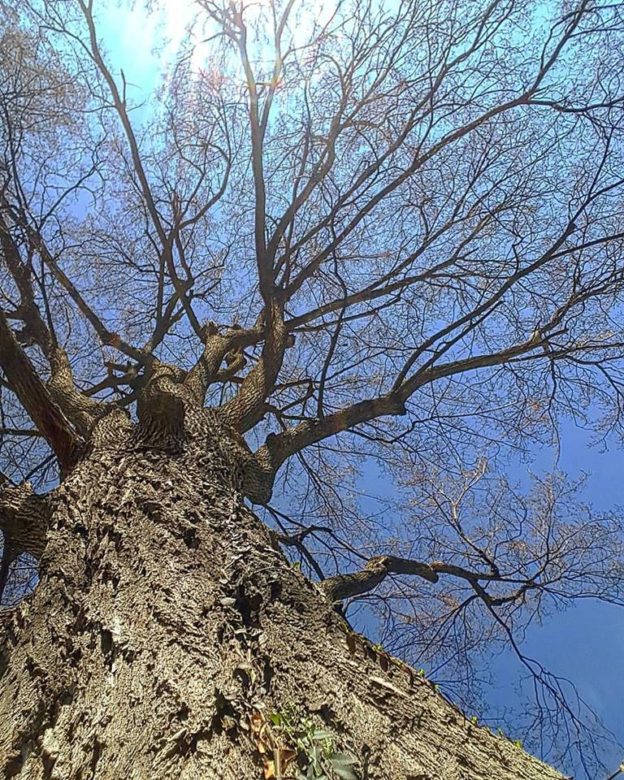Do you have an Elm tree? The Ulmus americana (American elm) requires special care in pruning. Unlike many other tree species, pruning must be done at a very specific time of year. Because open wounds attract the elm bark beetle (the major vector for Dutch elm disease), pruning should never be performed from about mid-April to late-July.
AMERICAN ELM
Ulmaceae (elms)
A small to medium-sized (to very large) tree, at maturity with spreading branches forming a broad-spreading, fan-shaped crown.
Leaves alternate, simple, 4–6 inches long, 2–3 inches wide, broadest at or below the middle with coarse, sawtooth edges. Smaller teeth appear along the lower side of the larger teeth. Base is uneven. Upper surface dark green, shiny, mostly smooth to somewhat rough.
Bark gray, in cross-section with alternating brown and white layers, grooves deep, ridges flattened with thin closely pressed scales.
Twigs slender, reddish-brown turning ash gray with age, hairy at first, smooth later.
Flowers February–April, in drooping clusters, red to green, small, petals lacking, the flower stalks originating from the same point.
Fruits March–May, in drooping clusters on long stalks originating from the same point; fruit about ½ inch long, seed surrounded by a thin wing; wing broadest in the middle, notched at the tip, with a fringe of silvery hairs along the edge.
Height: to 70 feet or more, but trees that large are rare today; most are smaller, understory trees.


